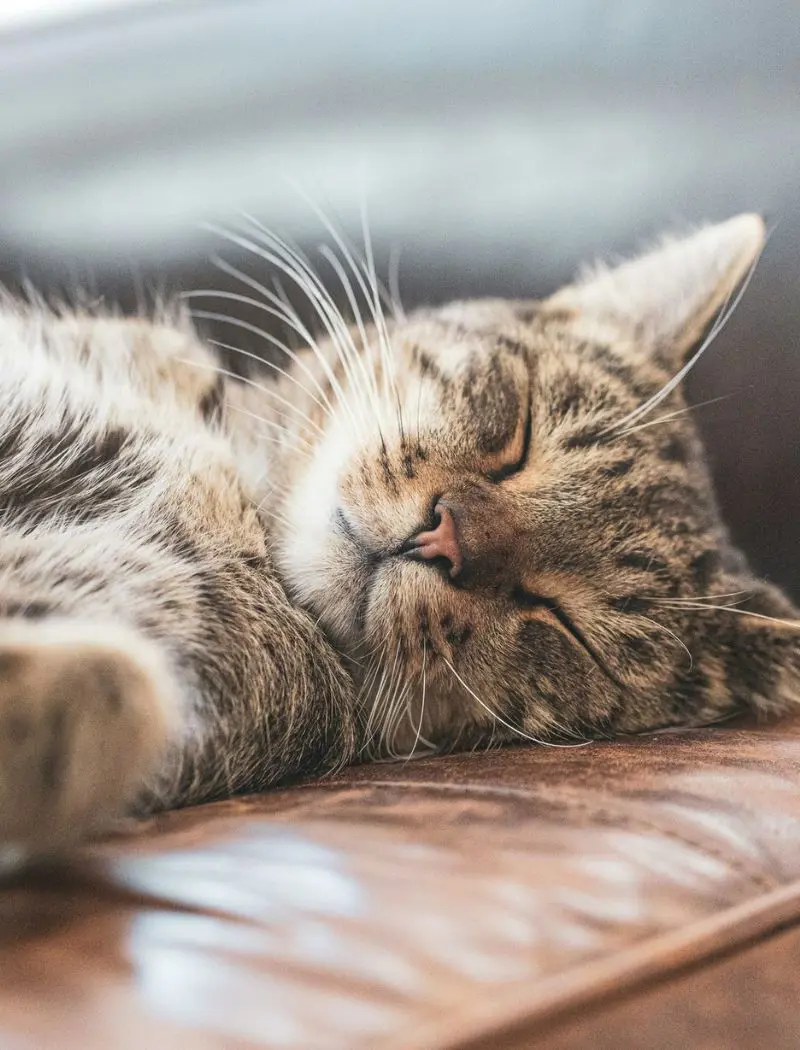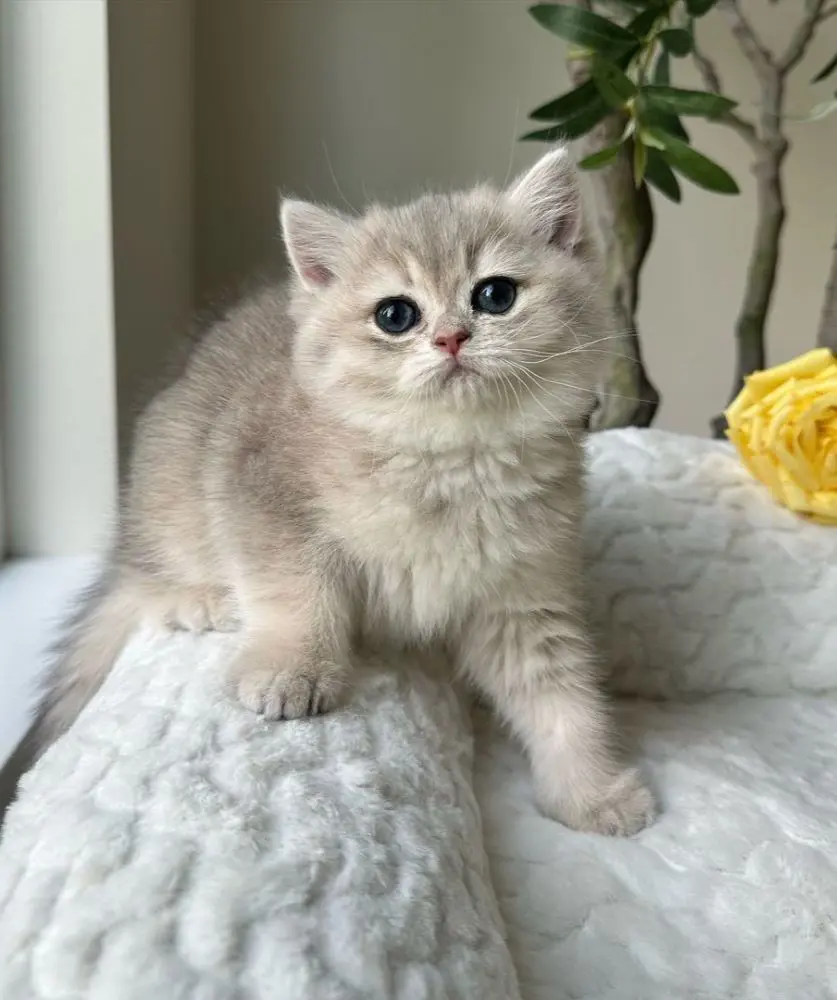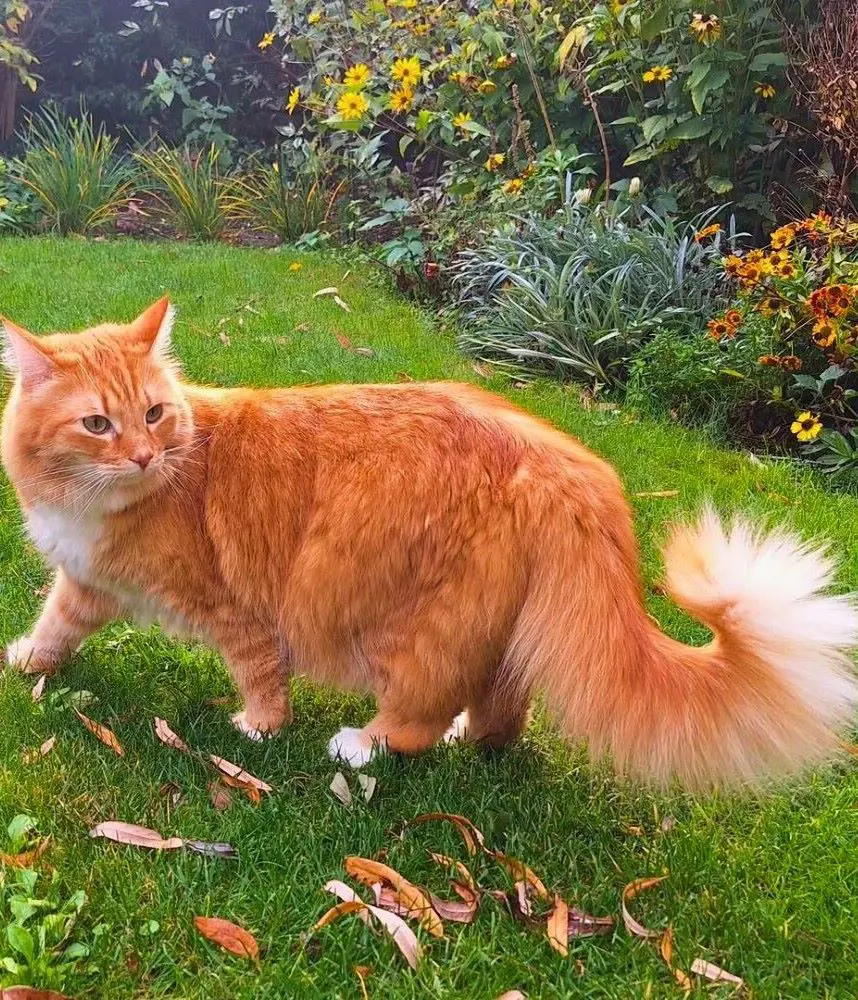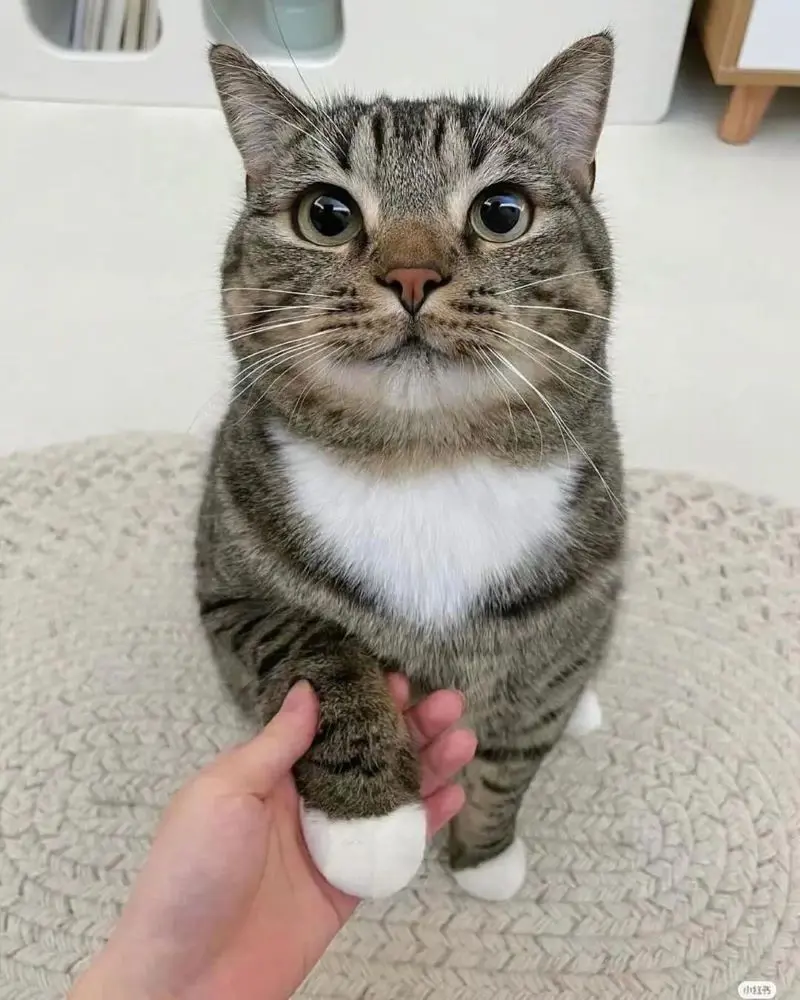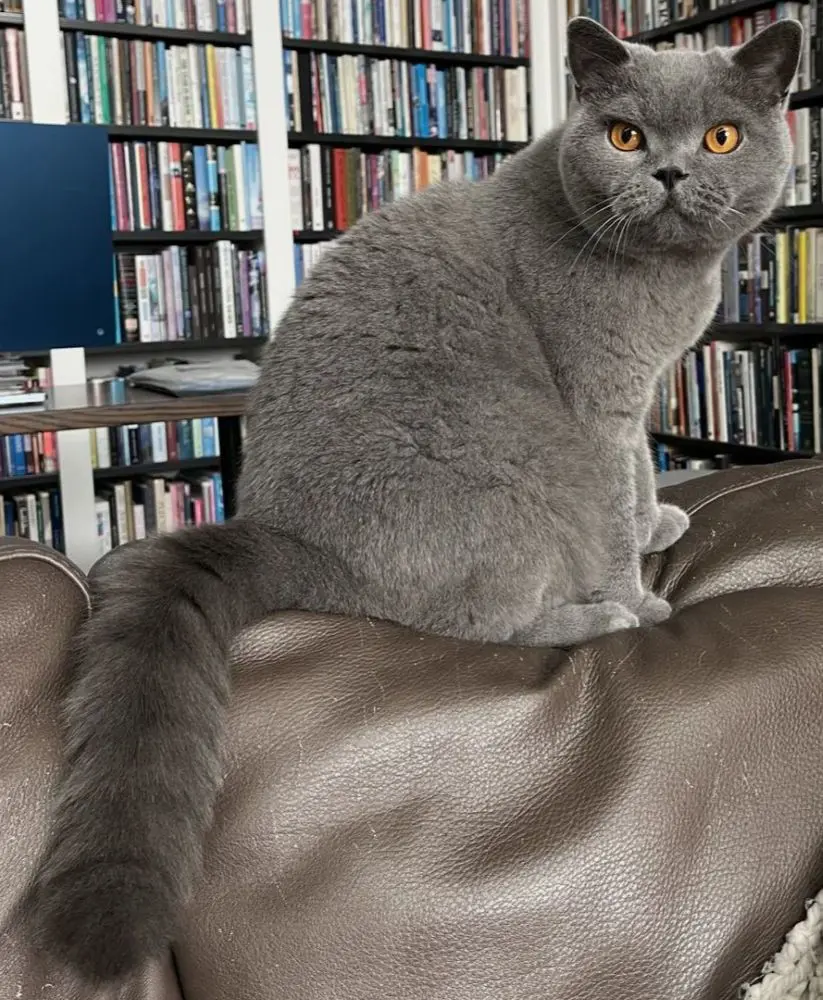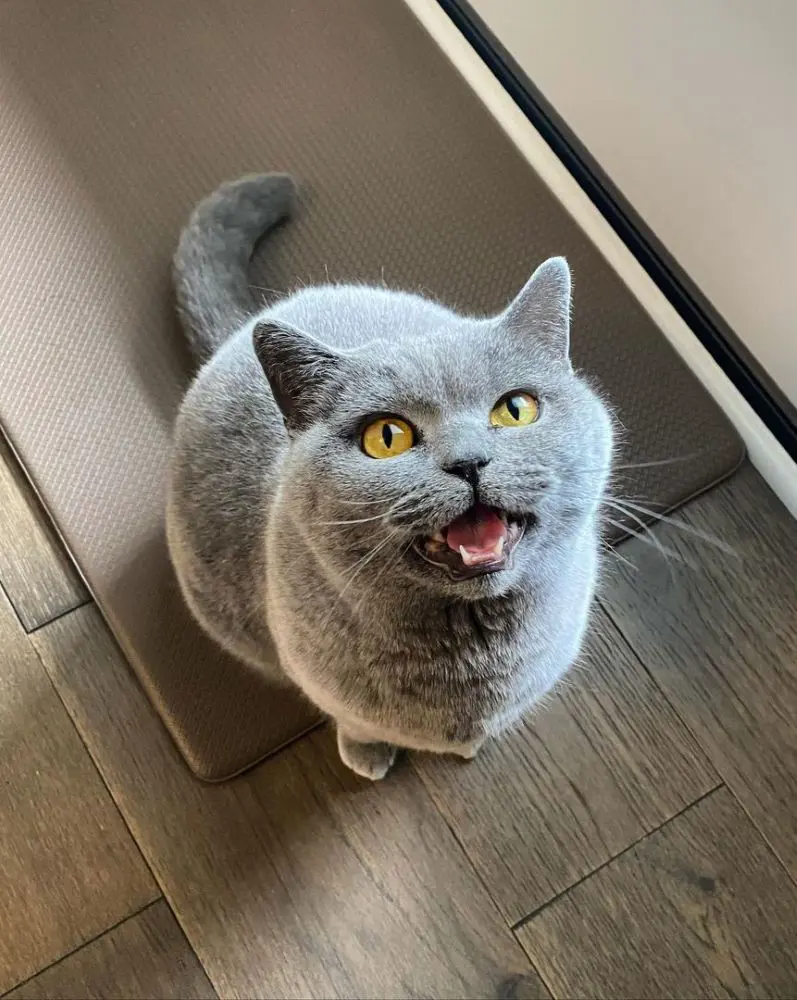15 Interesting Facts About Cat Tongue
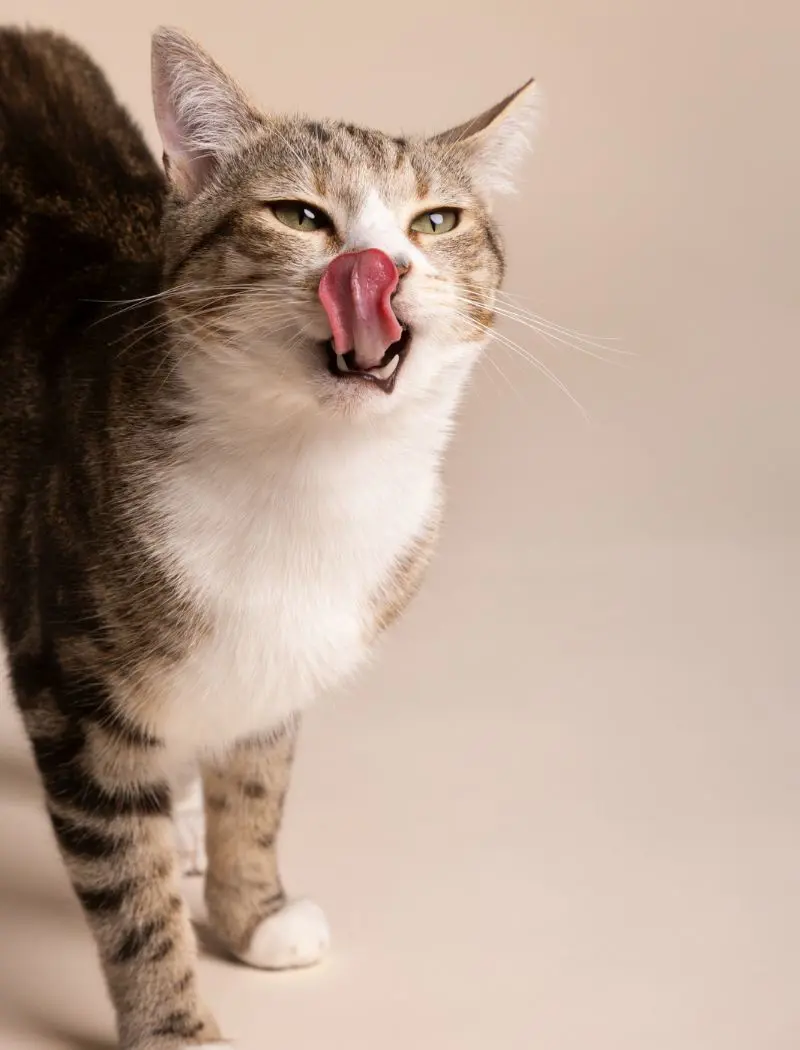
A cat's tongue is an important part of its anatomy that reflects its health and wellness. It is generally a dry and bristly multifunctional organ that helps to maintain hygiene and serves important functions related to territory marking and feeding.
Understanding the various abilities of their tongue helps to know their behavior like social bonding among cats that showcases their complex social behavior. This article discusses interesting facts about cat tongues to dive deeper into understanding them.
1. Covered In Papillae
The tongue of a cat is covered in tiny, backward-facing spines that are hook-shaped and give it a rough texture. The backward nature of the spines helps cats grip and pull food along with helping them in grooming themselves.
It helps the cats remove loose hair, dirt, and debris when they lick their fur as the papillae comb through it. The unique structure of these spines also helps them spread saliva over their coat to cool them down by acting as a natural temperature regulation system.
2. Specialized For Grooming
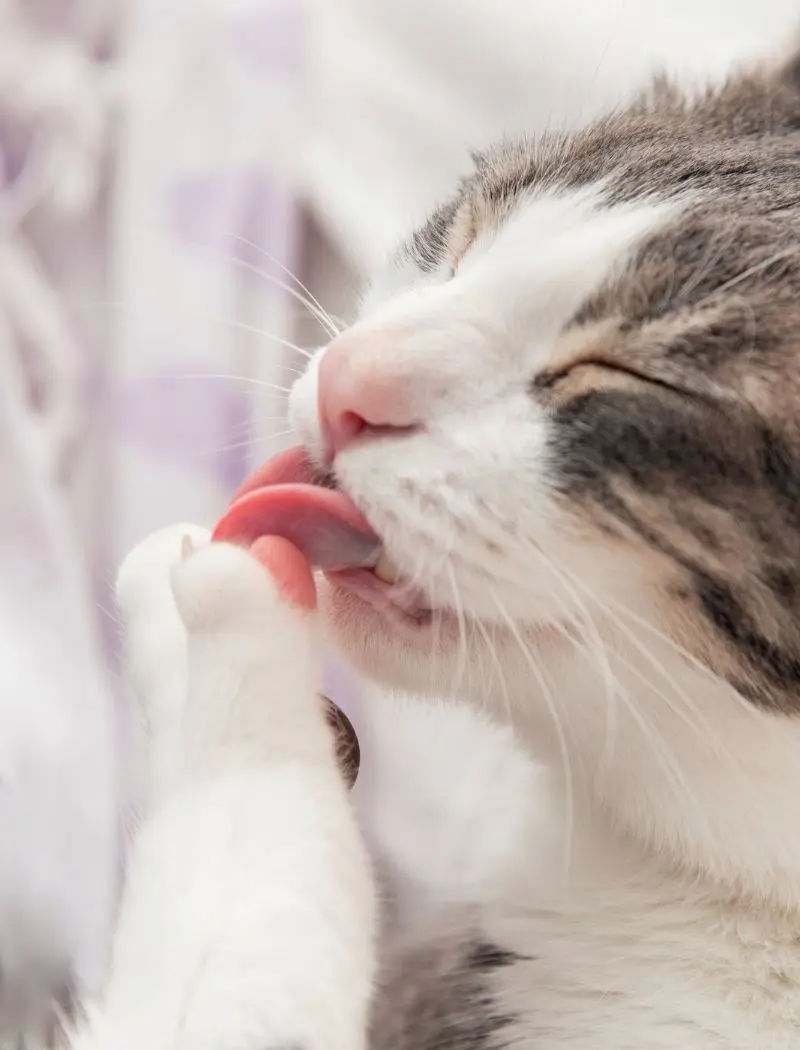
The rough texture of papillae helps cats to maintain their fur in the best condition as it serves as a fine-toothed comb that reaches down through the layers of fur to remove loose hair and dirt with each lick. It also helps to redistribute oils at the base of each hair follicle to spread across the fur as the cat grooms.
This natural oil helps their fur be soft and waterproof and protects their skin from external irritants which is mostly beneficial for outdoor cats that need protection against weather conditions. It also helps them groom themselves which also plays an important role in reducing their stress and anxiety.
3. Self-Cooling System
A cat's body is not equipped to regulate temperature through extensive sweating like humans. They rely on spreading their saliva across their body to cool down as the saliva begins to evaporate like sweat on human skin. This evaporation draws heat away from their body to create a cooling effect that helps maintain a comfortable body temperature.
The papillae are best suited for this purpose as they reach deep into the fur to ensure that the saliva is evenly distributed down to the skin. This is particularly effective as cats usually groom in areas with less fur density, where evaporation can occur more readily, like their legs and paws.
4. Helps With Hydration
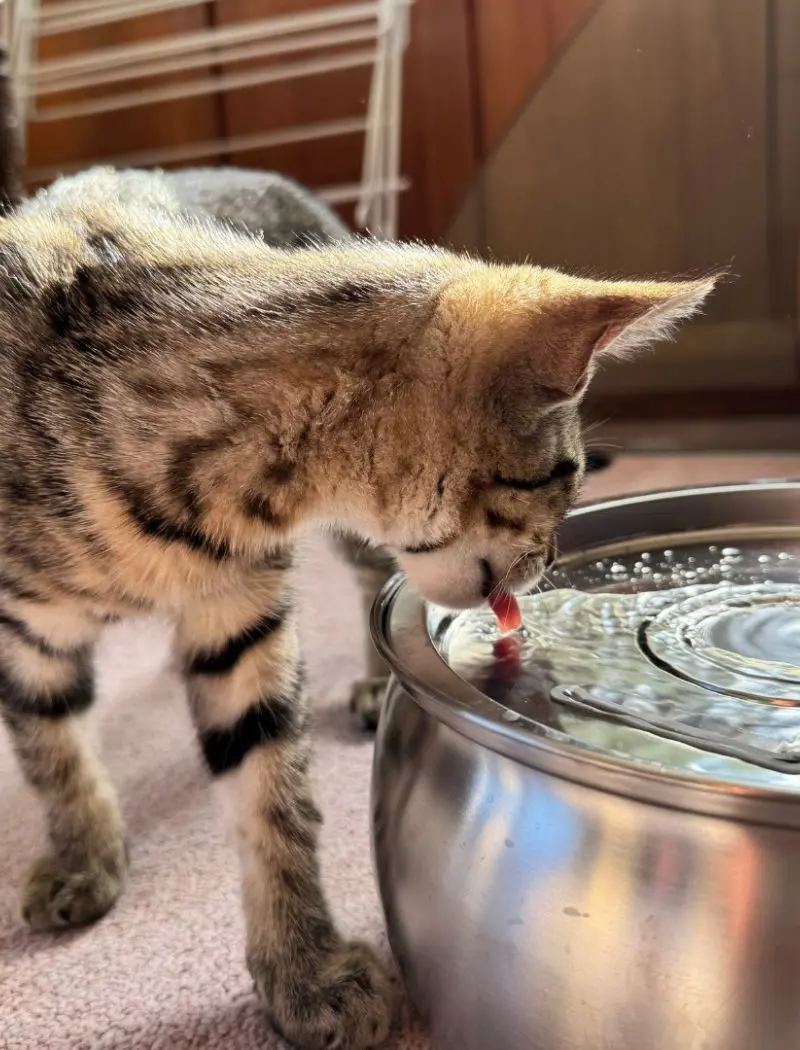
Cat's tongues are uniquely adapted to help them stay hydrated as they use a rapid lapping technique that minimizes spills while maximizing water intake. They flick the tip of their tongue against the water's surface at a rapid speed and create a column of water that rises toward their mouth which is captured at a very high speed several times.
The tongue is stabilized by the papillae as it moves which is an efficient drinking technique for cats that adapt to obtain much of their hydration from their prey rather than from drinking. However, their specialized tongues ensure they get the right amount of liquid when drinking water is needed.
5. Soft On The Inside
The interior of a cat's tongue is smooth as it plays an important role in tasting and enjoying food which allows them to sense and control their food as they eat. It is also sensitive to temperature, texture, and flavor as it helps cats detect if something is too hot or too cold or if it has an unusual texture that they might want to avoid.
The soft inner part of the tongue is lined with taste buds that are receptors for salty, sour, and bitter flavors. It also helps in guiding food efficiently toward the throat without interfering with the scraping function of the papillae.
6. Built For Meat
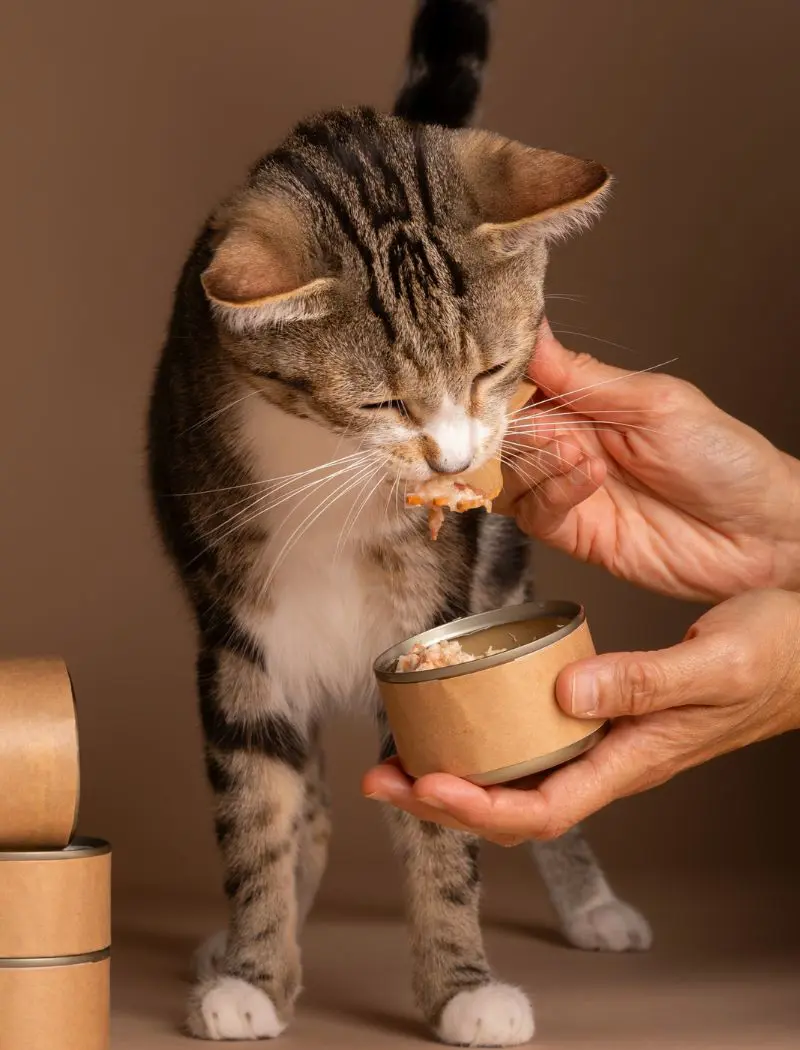
Their tongue is specifically designed for a meat-based diet that allows the cats to scrape meat off bones with the help of papillae. It acts as a tiny hook that latches onto meat and helps them pull apart their food with precision which is an invaluable behavior in the wild.
The unique structure of the tongue allows them to feed on different textures as the rough papillae make it easier to extract softer portions without the need for large teeth. This is mostly useful for cats whose teeth are built for slicing rather than grinding as their tongue acts as a supplementary tool in processing food.
Their tongues are also highly attuned to the taste and texture of meat to help them distinguish fresh food from anything spoiled. It also allows them to thrive as hunters as it gives them the ability to consume every usable part of their prey and maximize their food intake from each meal.
7. Sensitive To Temperature
Cats use their tongue to detect whether it is safe to eat as they are highly sensitive to the temperature of their food. Their taste buds and soft inner tongue have nerve endings that allow them to sense temperature changes quickly and protect them from consuming food that is too hot and could harm their mouth. This is one of the reasons cats may test their food with a quick lick or sniff before deciding to eat.
It also plays an important part in drinking, which may make them hesitant to drink the water if it is too warm or too cold as the temperature impacts their comfort and hydration. It also reflects their unique metabolic needs as they are naturally drawn to food that mimics the fresh warmth of prey that helps to stimulate their appetite.
8. No Taste For Sweetness
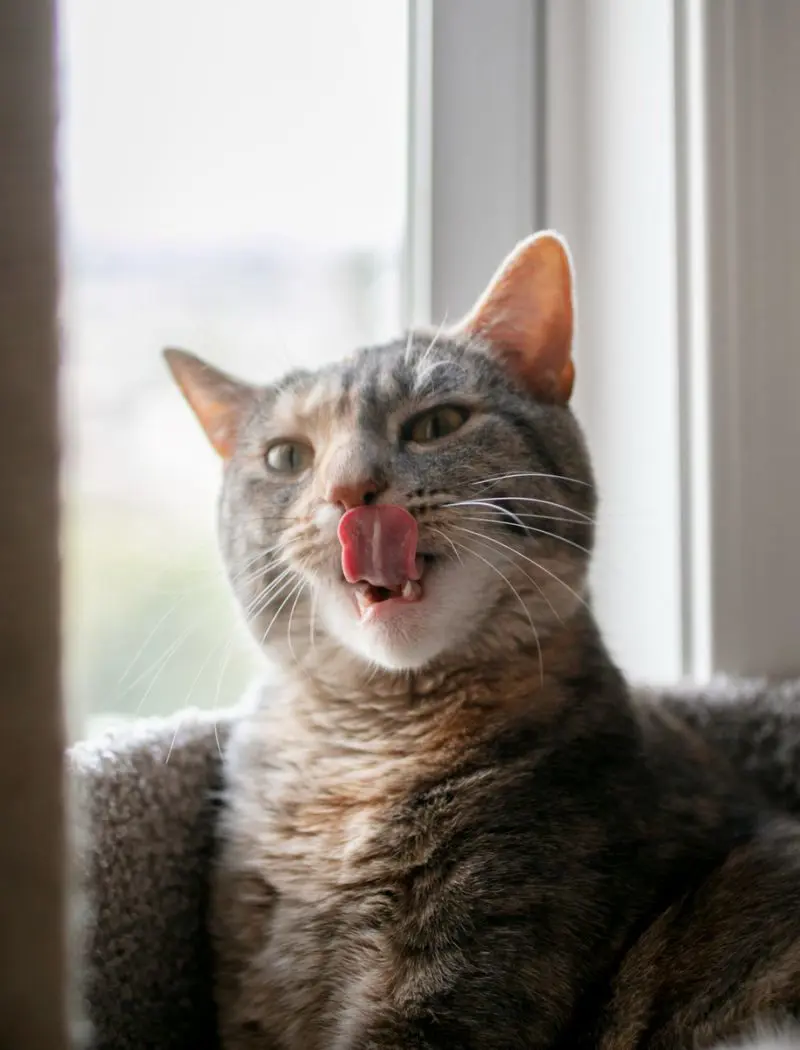
Cats cannot taste sweetness which affects their dietary preferences and feeding habits as they are not attracted to sugary foods or treats. They have taste buds that are highly sensitive to amino acids and savory flavors associated with meats which is evident in their preference for strong attraction to scents and flavors of meats like chicken and beef.
This is important for their health as they thrive on diets that are high in protein and fat needed to maintain energy and support bodily functions. The lack of a sweet tooth also helps cats avoid excessive sugar consumption which can lead to overweight and other health problems.
9. Self-Cleaning
Cats are known for their grooming behavior that helps them clean themselves using their specialized tongues, and spend most of the time of their day grooming themselves. It helps to remove dirt from their fur along with preventing matting that can be uncomfortable and lead to skin issues.
This also helps to distribute oil produced by their skin throughout their fur to maintain a shiny and waterproof look that provides insulation and protection against various external elements. The self-cleaning nature of a cat's tongue also helps to spread saliva over their fur which allows them to cool down as it evaporates.
10. Healing Properties
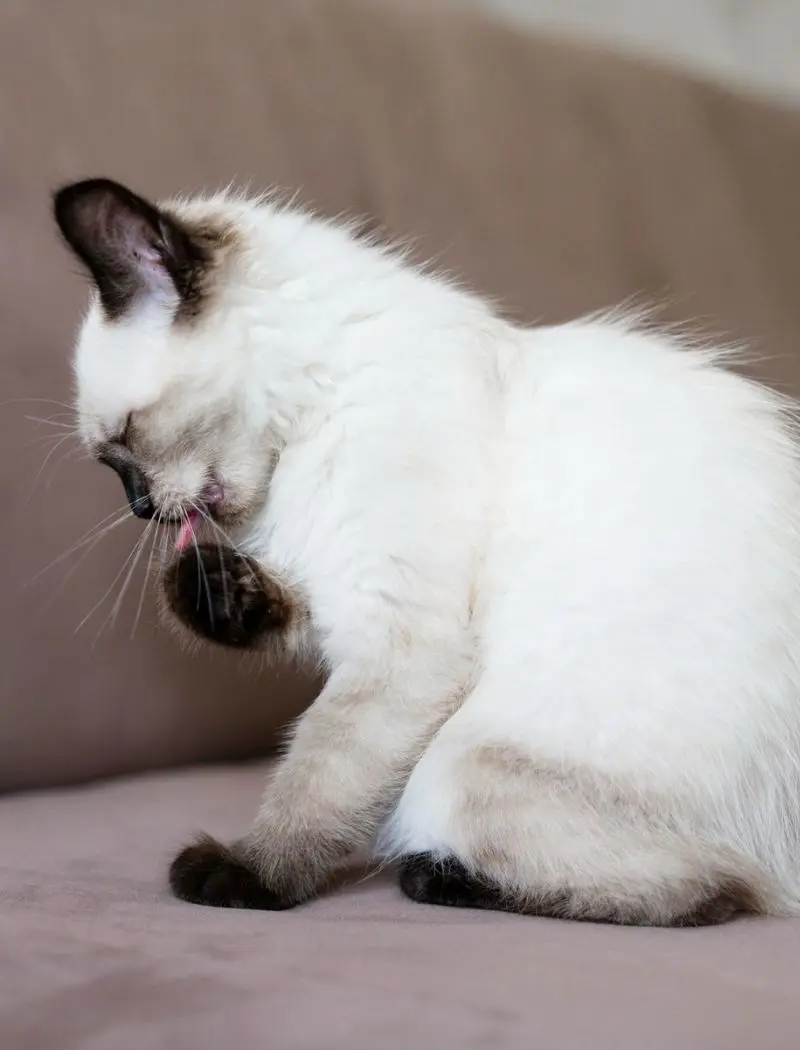
The tongue of a cat serves as an important aspect that helps to heal as their saliva contains enzymes that help break down bacteria that can assist in cleaning wounds when they lick an injury. This natural cleaning action helps to prevent infection and promote healing by making their grooming instinct beneficial and maintaining their skin health.
The act of licking can also stimulate blood flow to the area and encourage the recovery process as they often apply gentle pressure to the skin. The saliva also contains proteins that promote wound healing as they help in tissue regeneration, important for repairing damaged skin.
11. Naturally Helps Detangle Fur
A cat's tongue is uniquely made to help detangle fur with the help of tiny hook-like structures spread across its tongue to help untangle knots and mats in the fur. The papillae catch and grip the fur to pull apart tangled hair and smooth out knots for easier maintenance of their fur.
The right texture of the tongue allows cats to apply just the right amount of pressure to separate the strands of fur without causing discomfort to their skin. Regular grooming not only keeps their fur looking neat and tidy but also helps to prevent dryness and fragility.
12. Aids In Marking Territory
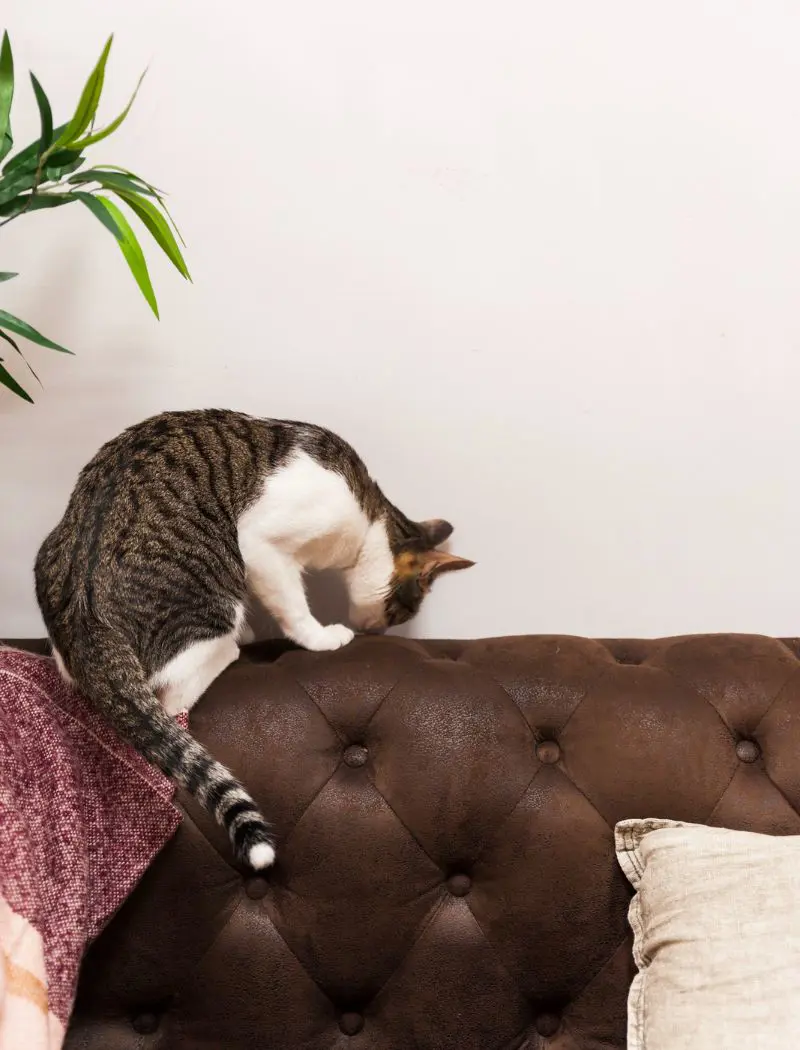
Marking territory is an important behavior for both domestic and wild cats which can be done by their tongue as it deposits saliva containing chemical signals while grooming which helps to convey the information about their identity and status. Cats can effectively mark their territory and signal to other cats that the area is claimed by grooming themselves and spreading their scent.
This behavior is mostly strong in multi-cat households or areas where outdoor cats interact as it serves as a way to create boundaries and communicate with other felines by preventing conflicts. They may also groom surfaces such as furniture or other areas of their environment to leave their scent behind to create a safe space by marking their territory with familiar scents.
13. Assist In Feeding Kittens
The act of licking helps to stimulate a kitten's appetite and encourages them to nurse as licking their newborns encourages the kittens to latch on to their treat and feed more effectively. Mother cats also lick them to clean them and remove amniotic fluid to prevent any potential infections which is vital for the hygiene of the newborns.
Kittens cannot eliminate waste on their own during the first few weeks of their life. The mother cat licks their genitals to trigger urination and defecation so that their kitten can relieve themselves properly. This also helps to create a bond between the mother and her kittens as it creates comfort and provides them with a sense of security as they develop.
The mother cat continues to lick them as they grow to teach them grooming habits to prepare them for self-care as they mature. They may also lick the kitten in case they get injured to clean the wound with their saliva which can help prevent infections and promote healing.
14. Help In Dental Hygiene
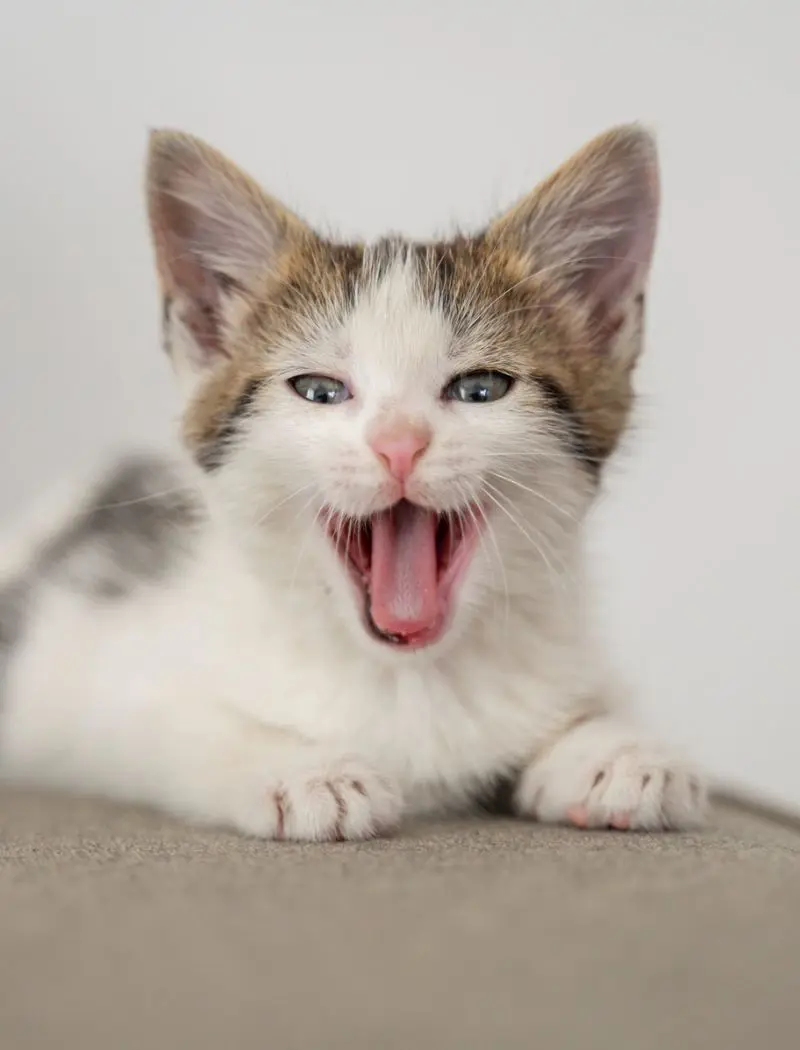
The rough texture of a cat's tongue acts like a natural toothbrush as it helps to scrape away plaque and food particles that may be inserted between their teeth. Regular grooming helps reduce the collection of tartar, which forms when plaque solidifies on the teeth.
Licking also helps to stimulate saliva production, which contains enzymes that help neutralize the acids produced and wash away food fragments. It also reduces bad breath through the removal of food particles and plaques that may promote the growth of bacteria that can cause foul odors.
Grooming behavior may also help cats detect dental problems as they may alter their grooming habits if they are experiencing pain or discomfort in their mouth and alert their owners to potential dental issues that may require veterinary attention. Licking also helps to promote healthy gums by increasing blood flow to the area and helping to keep the gum tissue clean to prevent gum-related disease.
15. Natural Pest Control
The papillae contained in a cat's tongue help to pull fleas and ticks away from their fur and skin by grabbing onto them. The constant grooming behavior of cats ensures that any pests present are quickly identified and removed before they cause a larger infestation.
The self-soothing property of grooming also reduces stress and anxiety in cats, which can sometimes lead to increased grooming leading to more effective pest removal. It also disrupts the life cycle of fleas to prevent future infestations as they require a host to survive and reproduce.
Top Lists
